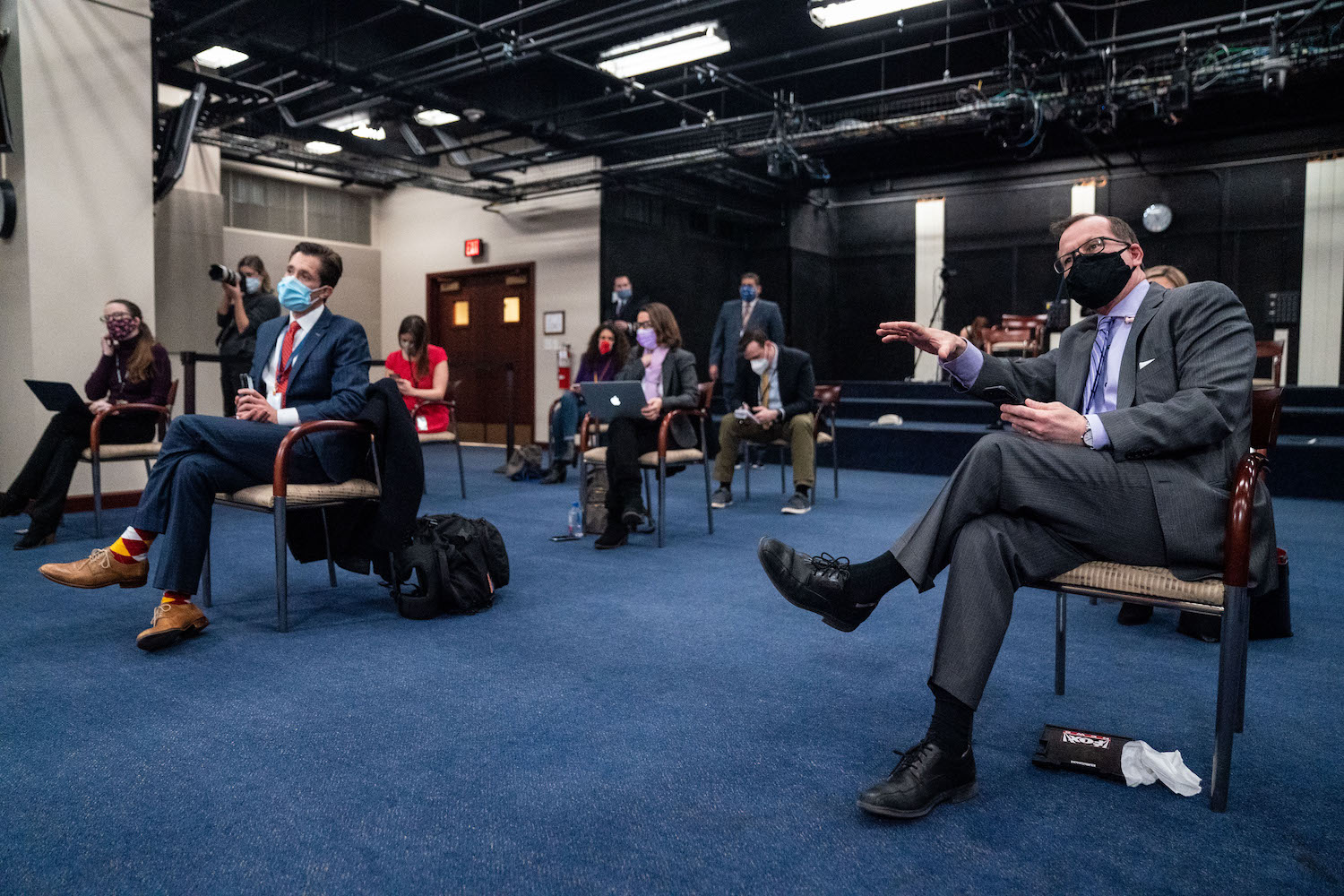Agenda setting is the concept that the media tell people what to think about. Kurt Lang and Gladys Lang re-articulated this practice in terms of agenda building, whereby the public contributed in this process as much as the media and the government.
As some of the principles of agenda setting were unveiled in part one, let’s have a look at some more.
Priming

Priming is intrinsically linked to agenda setting. More subtle than agenda setting, priming is the process by which the media influence the standards against which we evaluate politicians, political policies and parties or the government based on the issues figured prominently in the media.
Priming relies on psychological studies of attention. As human beings, we are unable to pay attention to every single thing around us. There are always some details that escape our attention, whether the title of books on the shelf, the texture of a piece of furniture or a conversation taking place further away. This same principle applies to us when evaluating a politician. We are unable to consider every aspect of the person and his/her work. Instead, our evaluations are based on the features and issues that first come to our minds.
Through the practice of priming, the media determine the features and issues that first come to our minds when we undertake a political evaluation. Citizens will allocate more importance to the performance of a politician or government in relation to an issue covered by the media than an issue that has not recently been featured in the media. Consider a government that has implemented the correct policy to maintain a high level of overseas investment. However, this same government has neglected the environment which has severely deteriorated. According to the concept of priming, the citizens are more likely to evaluate the government positively if recent news stories deal with the economy and the importance of financial investment. Inversely, the citizens are likely to evaluate the government negatively if recent news stories deal with the issues of pollution and the environment.
Gatekeeping

Agenda setting converges with the process and theory of gatekeeping. The media cannot report every single news story. Instead they choose to include some stories and exclude others. As Cohen observed in his work, newspapers were highly selective in the international news stories they chose to publish. Similarly Iyengar and Kinder have noted television news bulletins offer a narrow view of the news reduced to fit the length and format of the bulletin. In this sense, the media play the role of gatekeeper by deciding what to include or not.
The practice of gatekeeping occurs on a second level. When the media cover a story, they never present all the possible angles. They select which perspectives, witness accounts, opinions and visual data to include and which ones to exclude.
On a third level, the media screen not only the information and perspective of a story but also the sources of information. Editors of newspapers and magazines, producers of radio and television shows and journalists select the people from which they obtain their information. Some people are not given a voice through the media.
Agenda Setting In Practice

Among the theories of communication pertaining to mass media, agenda setting is a practice that is still very relevant today. As a result, it is important to not limit oneself to only the concepts, principles and theories associated with agenda setting but also to give importance to the process by which it takes place in practice.
Strategies
The media utilize two main strategies in the process of agenda setting, They are:
- Spotlighting and
- Downplaying
In simple terms, the media spotlight, or highlight, some events, people and issues while they downplay others.




